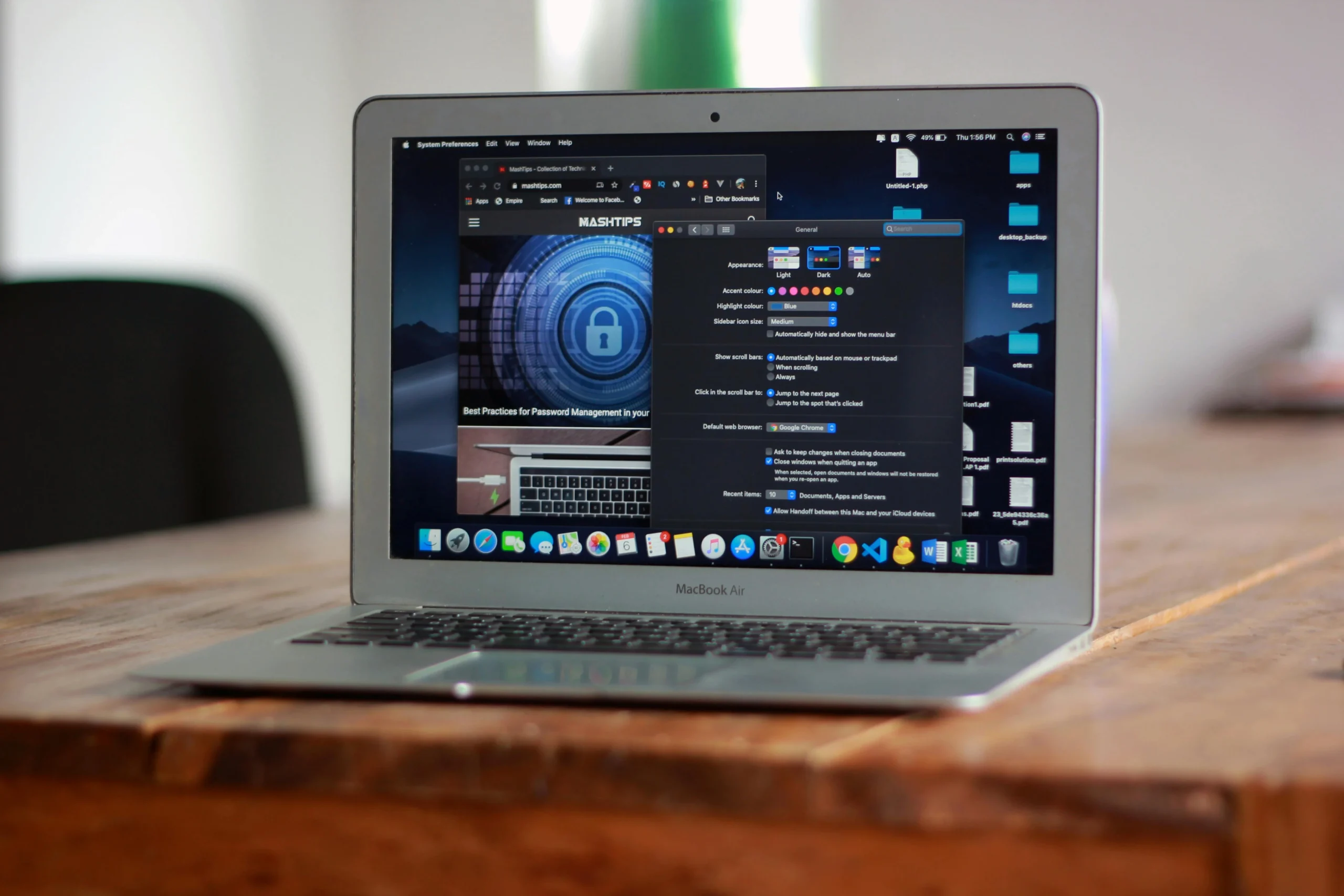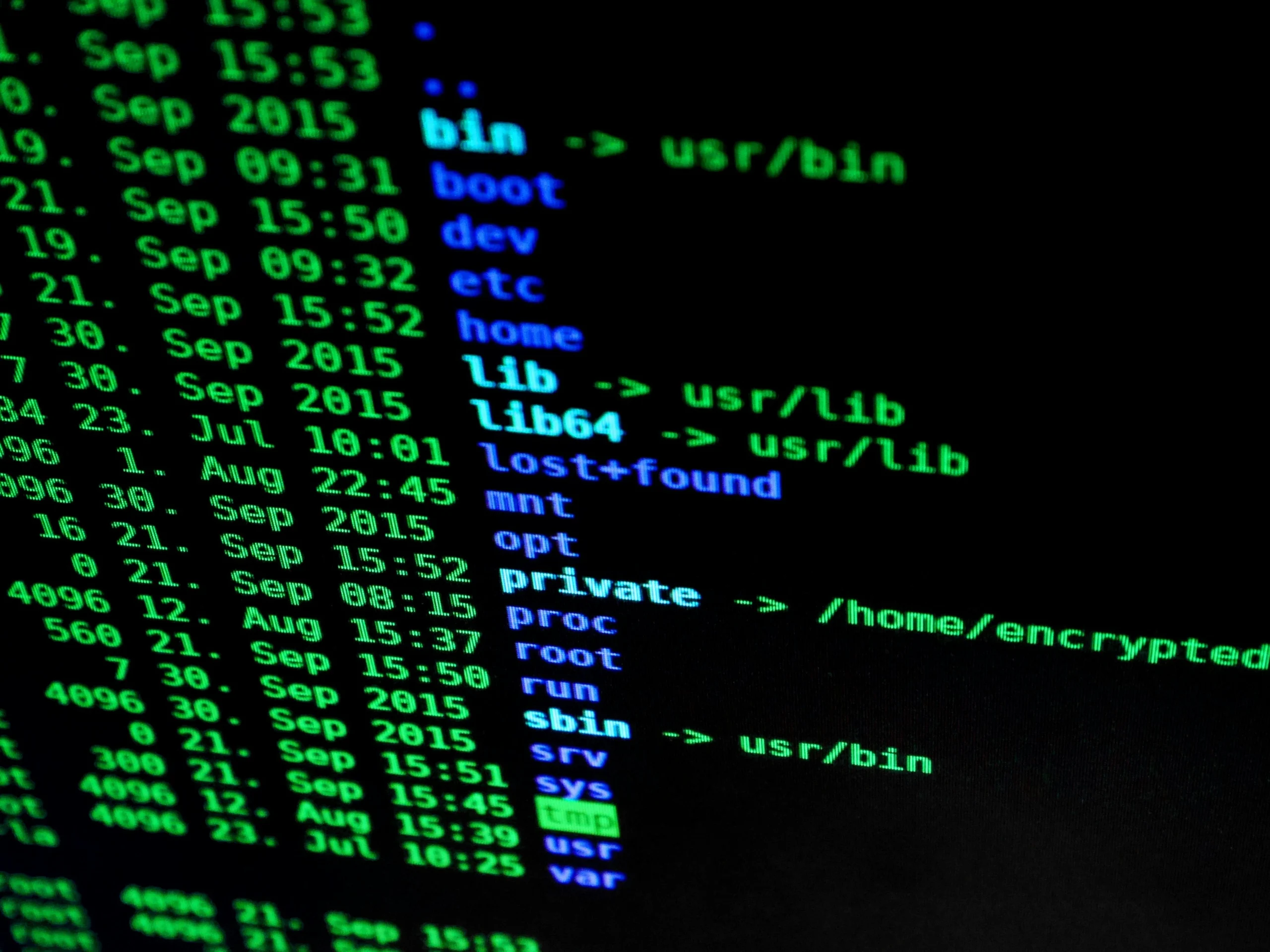The Aisuru botnet, first detected in August 2024, has dramatically expanded, infecting over 700,000 IoT devices, which include vulnerable routers and cameras. Originally causing record-breaking distributed denial-of-service (DDoS) attacks, Aisuru has reframed its operations by facilitating the rental of these compromised devices to proxy services. This shift not only monetizes the botnet more sustainably but also enhances the capabilities of content scrapers, allowing them to evade detection while they harvest data for artificial intelligence applications.
Current estimates suggest that Aisuru has been behind DDoS attacks peaking at 30 terabits per second, severely disrupting services for internet providers, particularly in the US. This has prompted federal scrutiny in both the US and Europe as Aisuru’s activities significantly impact customer internet services. As the proxy market evolves, these services are now utilized not just for legitimate reasons but heavily for cybercrime, obscuring the origin of traffic and complicating law enforcement efforts against data scraping activities fueled by AI demands.
👉 Pročitaj original: Krebs on Security







